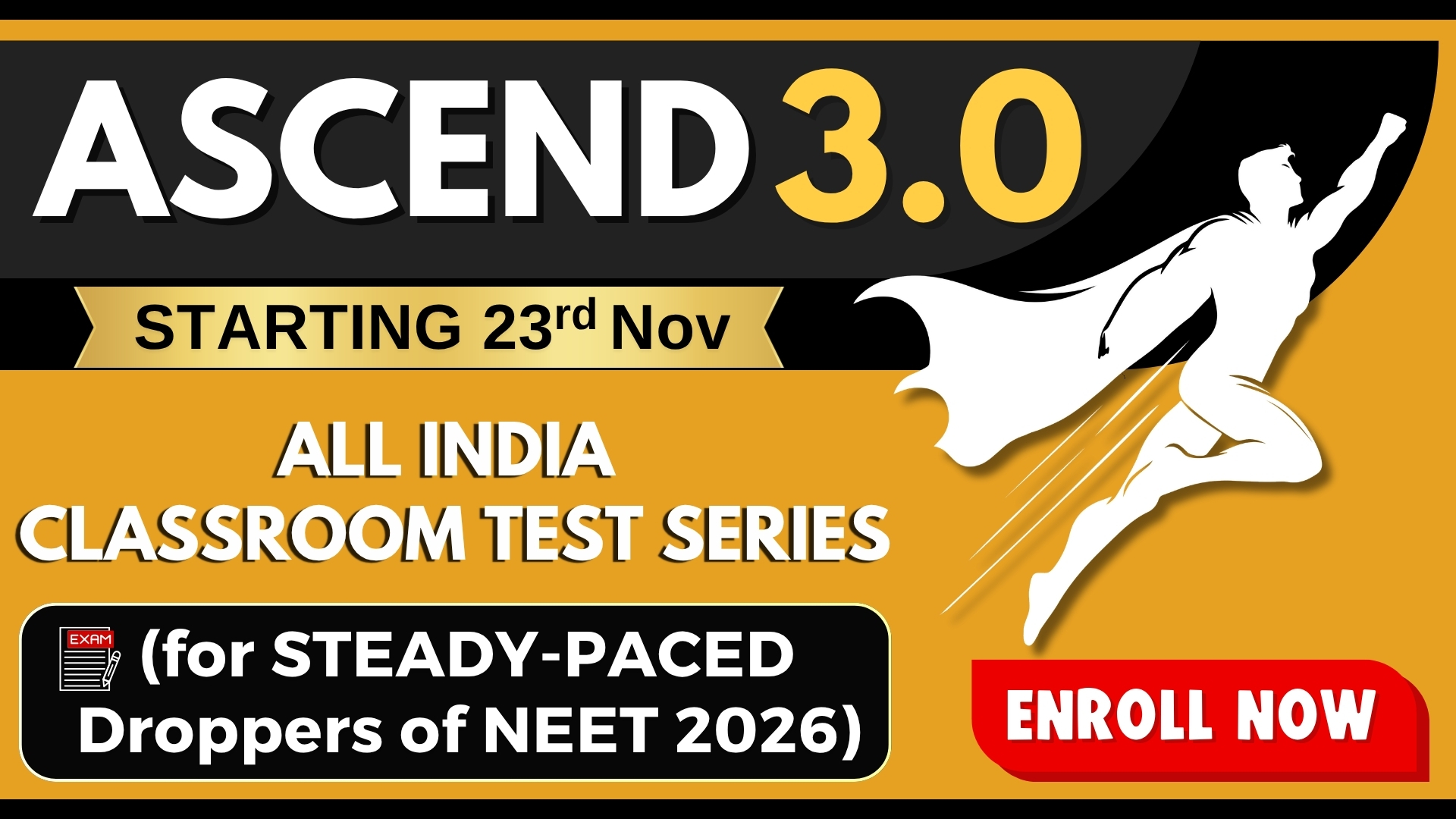Which of the following components of our food are taken in small quantities?
(1) Carbohydrate and proteins
(2) Proteins and minerals
(3) Proteins and lipids
(4) Minerals and vitamins
हमारे भोजन के निम्नलिखित घटकों में से किन्हें कम मात्रा में लिया जाता है?
(1) कार्बोहाइड्रेट और प्रोटीन
(2) प्रोटीन और खनिज
(3) प्रोटीन और वसा
(4) खनिज और विटामिन
Which of the following is required in small quantities?
(1) Vitamins
(2) Glucose
(3) amino acids
(4) Fatty acids
निम्नलिखित में से किसकी आवश्यकता कम मात्रा होती है?
1. विटामिन
2. ग्लूकोज
3. अमीनो अम्ल
4. वसीय अम्ल
Which of the following is incorrect about tongue?
(1) Freely movable
(2) Muscular organ
(3) Frenulum is the mean for attachment to the palate of oral cavity
(4) Presence of papillae at upper surface.
निम्नलिखित में से कौन सा जिह्वा के संबंध में असत्य है?
1. स्वतंत्र रूप से घूमने योग्य
2. पेशीय अंग
3. फ्रेनुलम मुखगुहा के तालू से संलग्नता का साधन है।
4. ऊपरी सतह पर अंकुरकों की उपस्थिति
The path of bile cannot be-
(1) Hepatic cells- hepatic ducts- gall bladder- cystic duct
(2) Gall bladder- cystic duct - common bile duct - hepato-pancreatic duct
(3) Hepatic cells-cystic duct-Hepatic duct- common bile duct
(4) More than one options are wrong
पित्त का पथ नहीं ...................... हो सकता है।
1.यकृतीय कोशिकाएँ- यकृतीय वाहिनी - पित्ताशय - पित्तशयी वाहिनी
2. पित्ताशय - पित्तशयी वाहिनी - सामान्य पित्त वाहिनी - अग्न्याशय
3. यकृतीय कोशिकाएं - पित्तशयी वाहिनी - यकृतीय वाहिनी - सामान्य पित्त वाहिनी
4. एक से अधिक विकल्प गलत हैं।
Pancreas is not
(1) Compound
(2) Elongated organ
(3) Located above duodenum
(4) Exocrine portion secretes pancreatic juices
अग्न्याशय ..................... नहीं है।
1. संयुक्त
2. दीर्घित अंग
3. ग्रहणी के ऊपर स्थित
4. बहि:स्रावी भाग अग्नाशयी रस का स्राव करता है।
Find the wrong one.
(1) Churning movement- stomach
(2) Chyme- stomach
(3) Bolus- Mouth
(4) Stomach- storage of food for 2 to 3 hrs
असत्य का पता लगाइए:
1. संकुचन - आमाशय
2. काइम - आमाशय
3. ग्रास - मुँख
4. आमाशय - 2 से 3 घण्टे के लिए भोजन का संचय
Salivary glands are not
(1) Located outside the buccal cavity
(2) 3 in number
(3) Are of 6 types
(4) More than one option is wrong
लार ग्रंथियां ........ नहीं होती हैं:
1. मुख गुहिका के बाहर स्थित
2. संख्या में 3
3. 6 प्रकार की होती हैं।
4. एक से अधिक विकल्प गलत है।
Protein deficiency occurs in a child more than one year results in
(1) Marasmus
(2) Kawashiorkar
(3) Protemia
(4) Deficiency disorder
एक वर्ष से अधिक के शिशु में प्रोटीन की कमी से क्या हो जाता है?
1. मरास्मस
2. क्वाशिओरकर
3. प्रोटेमिया
4. न्यूनता विकार
The common feature of Marasmus and Kawashiorkar are
(1) Wasting of muscles
(2) Failure of growth and brain development
(3) Thinning of limbs
(4) All of these
मरास्मस और क्वाशिओरकर की सामान्य लक्षण क्या होता है?
1. पेशियों का क्षरण
2. वृद्धि और मस्तिष्क विकास में विफलता
3. पादों का पतला होना
4. ये सभी
The succus entericus does not act on
(1) Dipeptides
(2) Nucleotides
(3) Nucleosides
(4) Peptones
सक्कस एंटेरिकस किस पर क्रिया नहीं करता है?
1. डाईपेप्टिडेज
2. न्यूक्लिओटाइड
3. न्यूक्लियओसाइड
4. पेप्टोन






